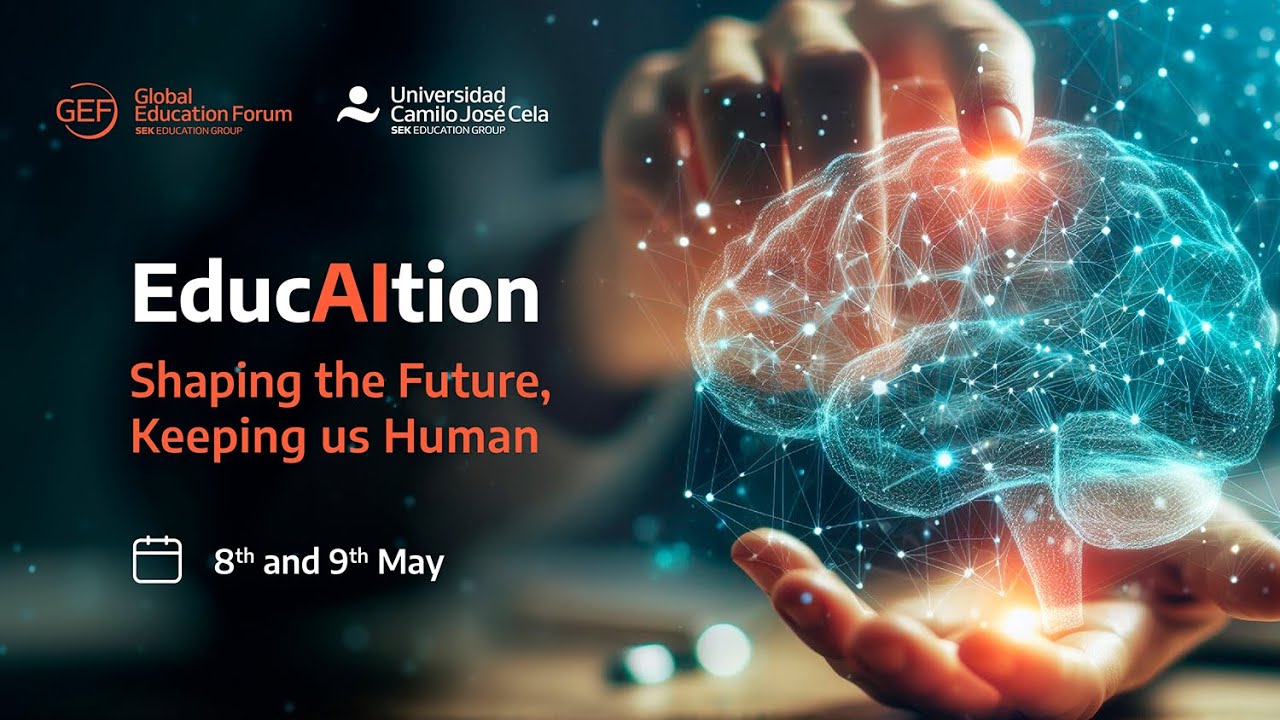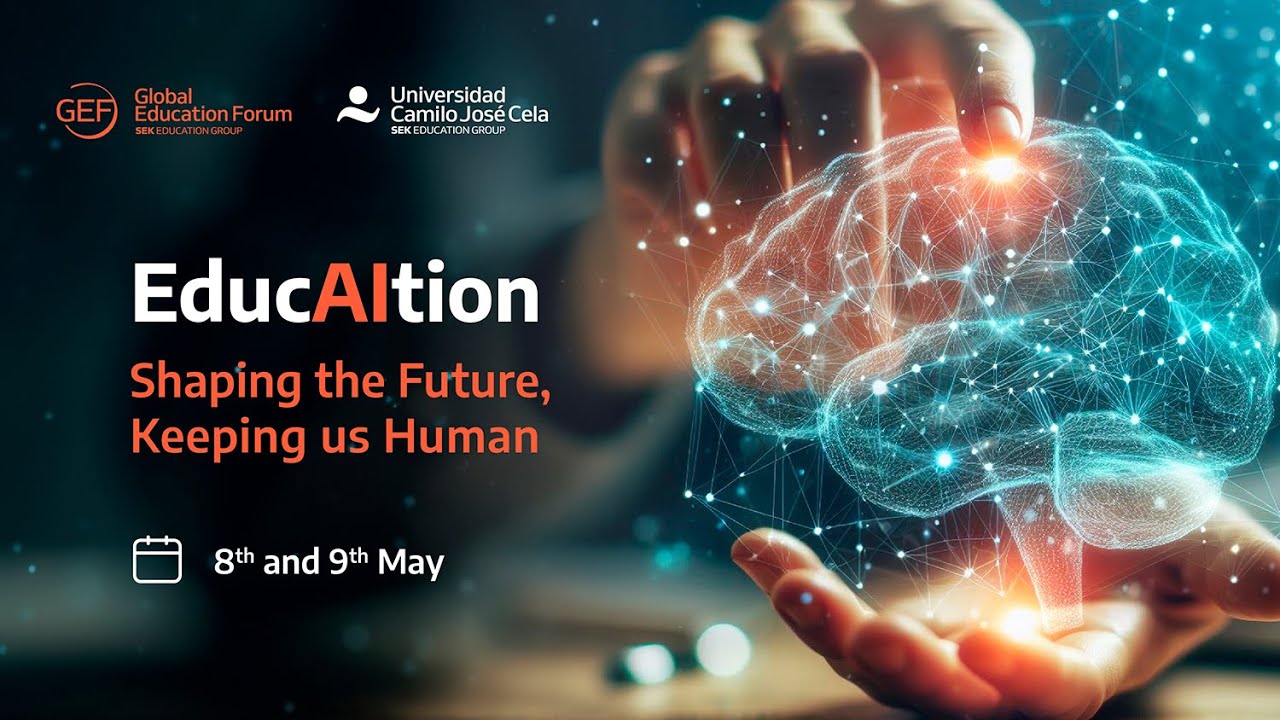Diritti di utilizzo delle opere dell'intelligenza artificiale: conversazione con Simone Aliprandi
Summary
TLDRThe video script is a comprehensive discussion on the intersection of artificial intelligence (AI), law, and creativity. It features Simone Aliprandi, an expert lawyer and author on these subjects, who clarifies misconceptions about AI and its creative outputs. The conversation delves into the legal implications for companies developing generative AI software, the nature of AI's creative process, and how it differs from human creativity. Aliprandi emphasizes that AI does not copy images but learns from them, creating original works that can sometimes surpass the training data. The discussion also touches on the concept of 'fair use' in the U.S. versus European copyright law, the challenges AI poses to traditional legal frameworks, and the importance of reading terms of service for businesses using AI. The script concludes with the notion that while AI can assist in the creative process, the human input and control remain pivotal, affecting the legal rights and protections of the final output.
Takeaways
- 🤖 The approach of AI systems is not about copying images provided as input but learning from the training data to generate new outputs, which can be beyond the training data.
- 📚 AI systems do not have a database of images; instead, they use machine learning to achieve a level of autonomy in learning and generating new content.
- 🚫 The concept of 'fair use' in the U.S. and exceptions to copyright law in Europe are crucial in determining the legality of AI-generated content based on training data.
- 📉 The challenge for jurisprudence is to adapt the principle of fair use or copyright exceptions to the activities performed by AI training systems.
- 🤝 AI systems work more like a virtual assistant, providing users with creative prompts and ideas, rather than merely assembling existing creative pieces.
- ⚖️ The legal focus should not be on the derivation between output and input of AI systems, as their process is fundamentally different from simple copying.
- 📈 AI systems can sometimes produce outputs that go beyond the training data, showing a level of creativity and autonomy.
- 🎨 The status of AI-generated works in terms of copyright is complex, with the user often retaining the right to use the output, while the AI provider may reserve internal use rights.
- 📝 It is important for businesses to read and understand the terms of service when using AI systems, as these contracts regulate the relationship between the service provider and the user.
- 🛡️ Some AI service providers offer premium services with additional features and, in some cases, legal protection for copyright issues, which can be a double-edged sword.
- 🧐 The risk of violating someone's copyright by using AI tools is low if the input is carefully chosen and not overly common, reducing the chances of similar outputs.
Q & A
What is the main topic of discussion in the transcript?
-The main topic of discussion is the intersection of artificial intelligence, law, and the implications for companies producing generative AI software.
What is Simone Aliprandi's area of expertise?
-Simone Aliprandi is an expert in legal matters, particularly those related to artificial intelligence, and is also a writer and popularizer who has authored several books on the subject.
How does Simone Aliprandi describe the process of AI systems generating outputs?
-Simone Aliprandi explains that AI systems do not simply copy images provided to them. Instead, they learn from the training data and make statistical-mathematical projections to create new outputs that can go beyond the training data.
What is the misconception about AI and derivative works that Simone Aliprandi addresses?
-The misconception is that the outputs of AI systems, such as generated images, can be considered derivative works of the images that the AI has been trained on. Simone clarifies that AI systems do not copy but learn and create based on their training.
How does Simone Aliprandi differentiate between the activities of AI systems and those of search engines like Google?
-He differentiates by stating that search engines like Google index and retrieve existing content based on requests, whereas AI systems learn from data and generate new, original content that goes beyond the training material.
What is the term used to describe the principle that allows limited use of copyrighted material without permission in the United States?
-The principle is known as 'fair use' in the United States.
How does Simone Aliprandi view the role of AI in the creative process?
-Simone Aliprandi views AI as a tool that can provide assistance and inspiration in the creative process, similar to a human assistant or intern, rather than as a creator in its own right.
What does Simone Aliprandi suggest about the legal challenges posed by AI in generating content that competes with human-created content?
-He suggests that there is a legal challenge when AI-generated content competes with human-created content because it can lead to a situation where value is shifted away from those who create original content to those who use AI to generate similar content.
How does Simone Aliprandi describe the approach of European law regarding exceptions to copyright law?
-He describes the European approach as having specific, listed exceptions to copyright law, which are detailed in the legal code and depend on various conditions and the nature of the use.
What is the term 'text and data mining' in the context of the European Union's copyright directive?
-Text and data mining refers to the extraction of text and data from copyrighted works for specific purposes, such as research, and is a new exception included in the EU's recent copyright directive.
What advice does Simone Aliprandi give to users of AI tools regarding the creation of prompts for AI systems?
-He advises users to create elaborate and thoughtful prompts to increase the uniqueness of the AI's output, which in turn reduces the risk of copyright infringement and enhances the creative value of the generated content.
Outlines

This section is available to paid users only. Please upgrade to access this part.
Upgrade NowMindmap

This section is available to paid users only. Please upgrade to access this part.
Upgrade NowKeywords

This section is available to paid users only. Please upgrade to access this part.
Upgrade NowHighlights

This section is available to paid users only. Please upgrade to access this part.
Upgrade NowTranscripts

This section is available to paid users only. Please upgrade to access this part.
Upgrade NowBrowse More Related Video

Wird der Mensch überflüssig? - Künstliche Intelligenz und Kunst | KI | DW Doku Deutsch

GEF Madrid 2024: Navigating AI Legal Frontiers

Use of Artificial intelligence generates questions about the future of art

一小時略懂 AI|GPT、Sora、Diffusion model、類器官智慧OI、圖靈測試、人工智慧史

Artificial Intelligence Task Force (10-8-24)

GEF Madrid 2024: AI, Art, and Humanities
5.0 / 5 (0 votes)